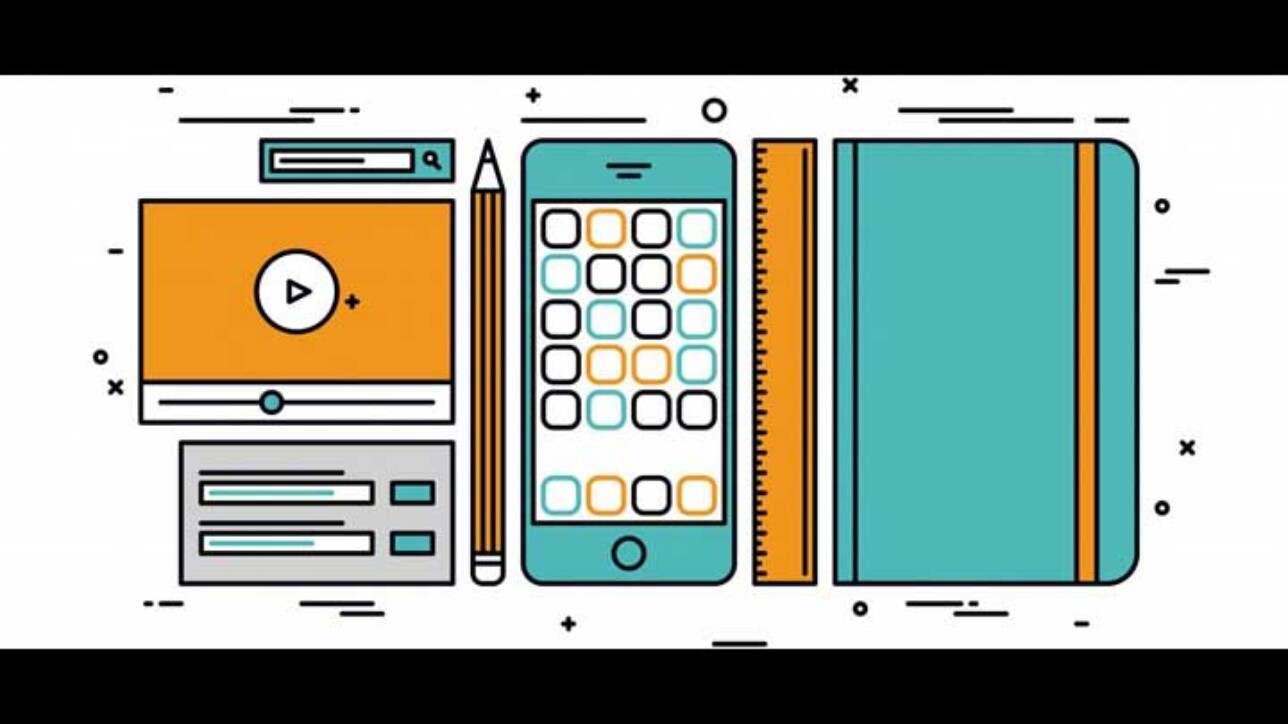Have you ever felt like you knew what your target market wanted but didn’t know how to illustrate a solution? Have you ever struggled proving the validity of your idea for the purpose of selling it to potential investors or partners? Has getting customers to use your products and services been a challenge?
User onboarding is a method in software development where we focus on improving a person’s success with a product or service. The goal is to get users to understand the benefit, making it clear how it will ultimately improve their life so they want to keep coming back and use the product or service on an ongoing basis.
Some truly fantastic work in this area has been done by Samuel Hulick, author of UserOnboard. Samuel explains some common examples of implementing onboarding such as free trials, tips and tours. What better way to test your product or service than to actually have your target market engaged directly with support along the way?
As product practitioners, one of the best ways we can ensure that we implement effective onboarding for is to create prototypes and test them with interested stakeholders. The power of prototypes as a predecessor to building product and services cannot be overstated.
Why Do I Need A Prototype?
I get asked this question all the time, although lately more and more clients are coming to me directly asking for a prototype versus days past when I was the one suggesting a prototype is where we start. Many people today understand that a prototype serves many purposes, including validating user experience and ensuring target users and customers buy in before making a significant investment in development. Prototypes help everyone determine if the implementation of the idea is good, or if it could be presented differently and have a more compelling impact.
One of my favorite examples on the subject is this YouTube video from HBO’s “From the Earth to the Moon” miniseries. In this short clip members of the design team for the Apollo Lunar Module go through an exercise to convince the director that the module doesn’t need seats so the windows can be made smaller and the module will be more efficient.
About halfway through the sequence we learn the director’s sentiment, “I think it’s interesting but I don’t really see it. Sorry. Good try though.” to which the lead engineer responds, “Let’s help him see it.” And that’s when the magic happens!
Instead of sleeping, the engineers build a prototype. After seeing the prototype and experiencing it as the astronauts would, the director replies, “Well I can certainly see it now!”
Software products and services are no different. It is our job as product strategists, designers and developers to create prototypes that mimic the user experience and fully demonstrates thinking about the implementation. I encourage all clients to go through this exercise before development begins on any new product or service. Not only does a prototype help sell the vision, it effectively communicates the requirements and often informs the cost of the fully developed solution.
“If a picture is worth a thousand words, a prototype is worth a thousand meetings.” ~IDEO
What Does This Have To Do With Product Strategy?
Everything. Recently I met with a new client and we went through his well thought out business process flow. We discussed the necessary screens and how he envisioned getting to a user to convert. Made sense.
And then everything stopped. What if we presented the screens differently? Instead of having the user choose an option and walking him through an experience to get to the conversion, what if we got him to the conversion up front and then presented options?
That is a strong pivot in terms of strategy! And while it isn’t necessarily the right choice or the one we went with, it did require a deeper look into the product’s strategy of what we need to accomplish, who the user is, and how that user will need to interact with screens to get to a specific objective. In this case, a conversion.
Without turning the user experience around and sketching it out on paper we would never have been able to visualize an alternative solution. And there are always many solutions to a problem. The key is finding the right one!
How Do I Get Started?
While there are many types of prototypes, the best way to get started is to sketch ideas on paper. Keep in mind a paper sketch only represents the information and the workflow and that adding visual design later is very important.
As Marty Cagan from the Silicon Valley Product Group describes in Top Ten Benefits of a High-fidelity Prototype, if you do a high-fidelity prototype and test your ideas with users and discover significant problems you will have saved your company the cost in terms of time and money of building something that would have failed. Not to mention the opportunity cost of what the team could have been building.
If you want to get started developing your idea, schedule a free Discovery Call. We’d love to help.

